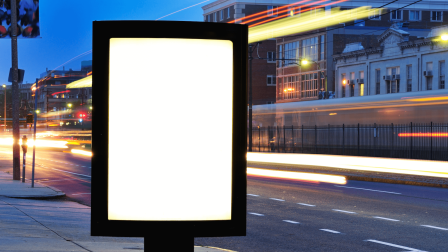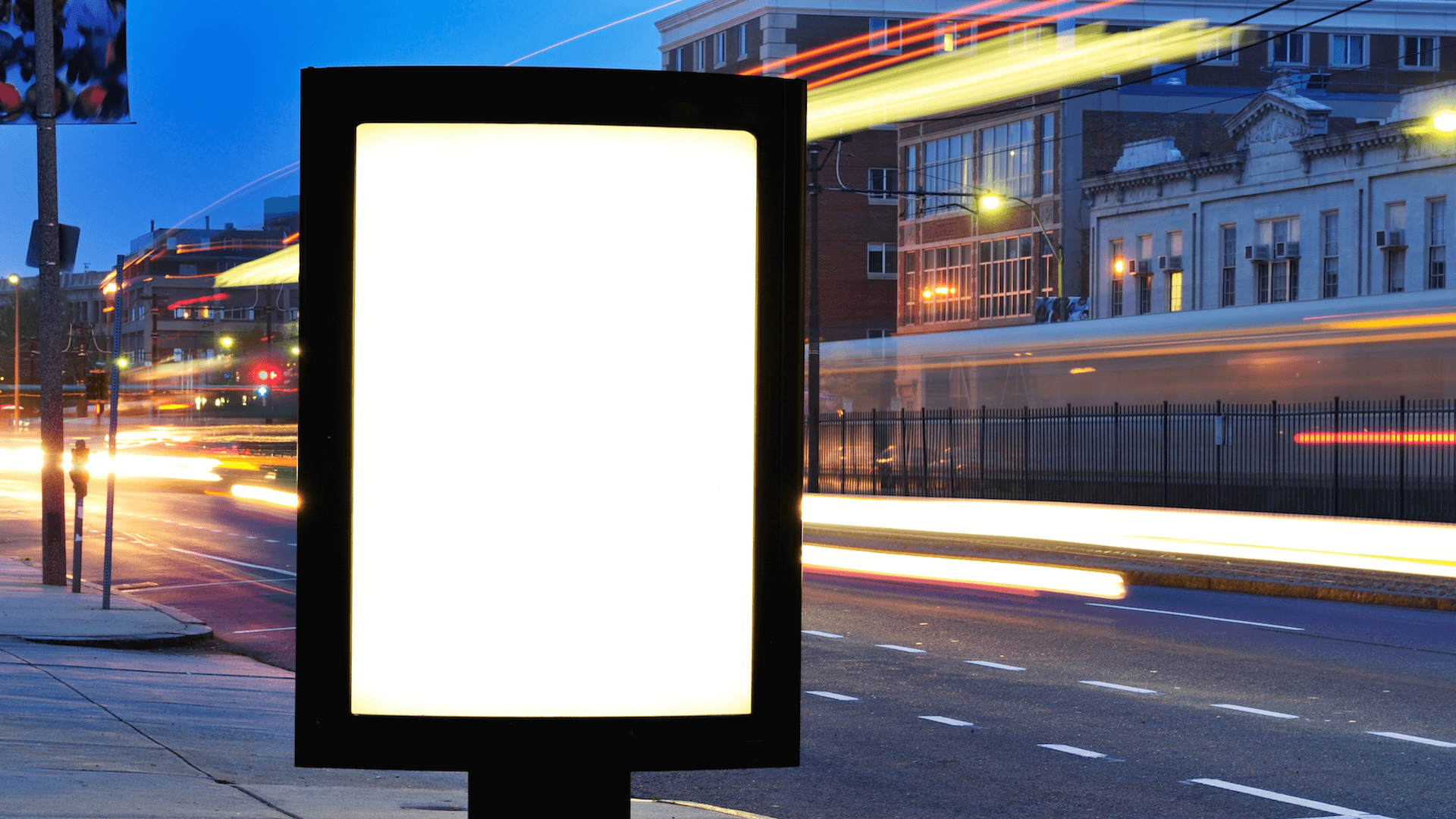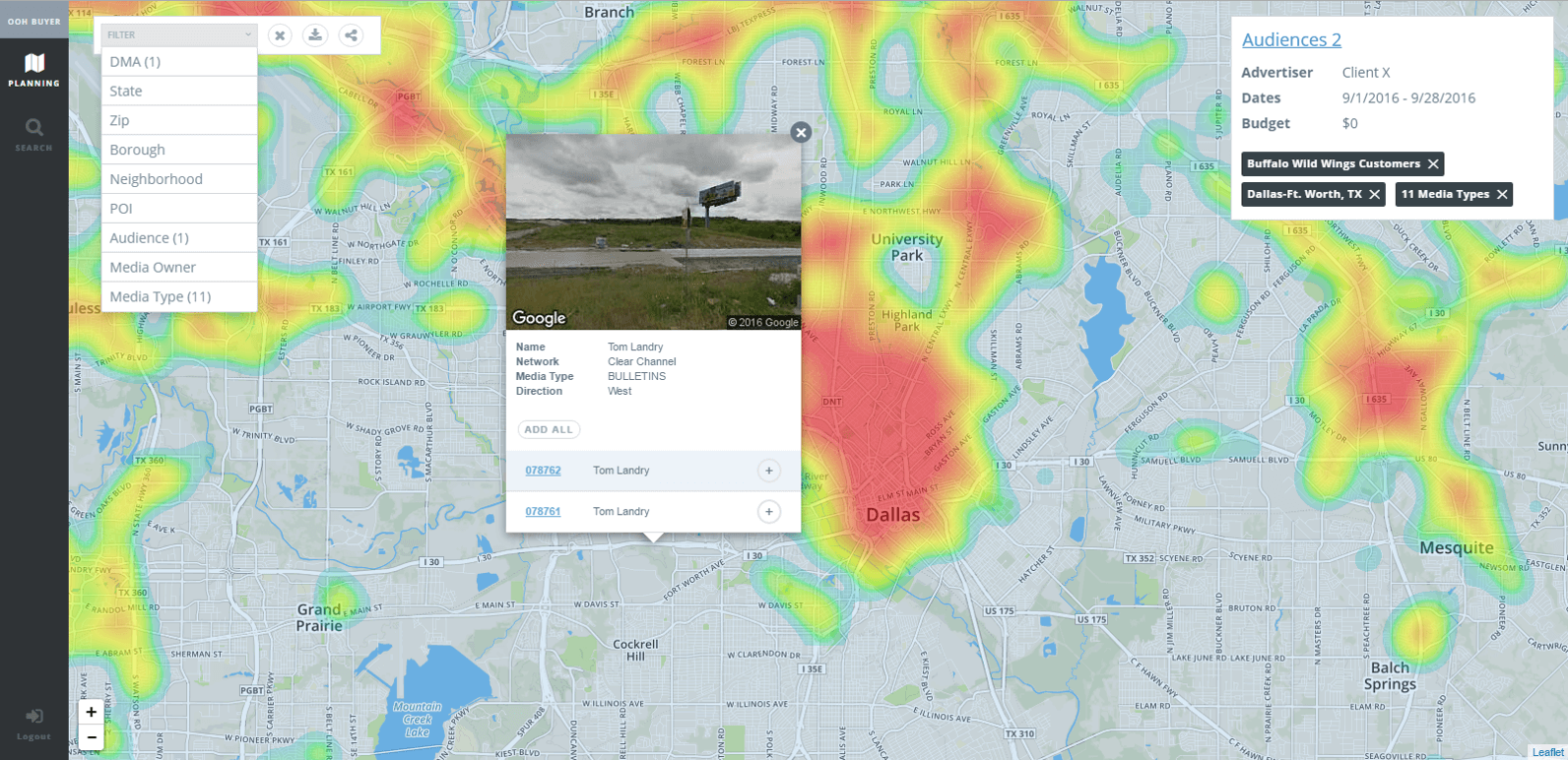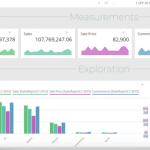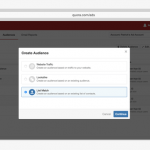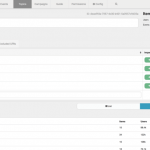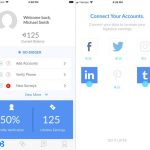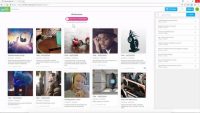Vistar adds first-party data to out-of-home (OOH) ad targeting through LiveRamp partnership
The New York City-based Vistar says this is the first use of first-party data like CRMs for OOH, and LiveRamp’s first OOH project.
Step by step, out-of-home (OOH) advertising is becoming just another kind of online inventory.
This week, New York City-based Vistar Media expanded its repertoire through a partnership with data provider Acxiom’s onboarding unit, LiveRamp.
According to Vistar CEO Michael Provenzano, this is the first use of first-party customer relationship management (CRM) data for targeting and measurement of OOH inventory, and it’s the first time LiveRamp has been involved in OOH.
Previously, Vistar has offered a platform for planning/booking OOH media and serving ads to what it says are hundreds of thousands of digital signs in the US, covering 90 percent of all OOH digital signage. This includes electronic billboards, bus stop digital signs, elevator signs, taxi screens, screens at airports and others.
It provides automated bidding for digital signage, which can be reached through its own demand-side platform (DSP), similar to how an advertiser or agency might buy website inventory. For non-digital, static signs, an agency or advertiser uses the Vistar platform for finding the inventory and pays the stated price to book the signage directly with the owner.
Vistar generally licenses anonymized mobile location data from wireless carriers in a given geographical area, and then issues reports on whether OOH ads led to physical store traffic. If there’s a digital billboard showing an ad for a department store, for instance, did the nearby department store show higher foot traffic during the time the ad was up?
Provenzano told me that through this new partnership with LiveRamp, his company is now allowing brands to follow their customers’ foot traffic as it relates to nearby signs.
A brand’s customer relationship management (CRM) data is uploaded to LiveRamp, where it is combined with Vistar’s location data. The two datasets are matched anonymously by their geographical locations.
Now, the Vistar brand customer can receive a heat map of where its registered customers spend their time outside, so it can make decisions about where to place outdoor ads. If the department store’s customers don’t frequent the west side of town, for instance, there’s no need to advertise there. Better to do it on the east side, where the heat map indicates they show up more frequently. For example, here’s a heat map for Buffalo Wild Wings customers:
The customers’ travel patterns are not individualized, but are segments of users — such as a department store’s customers — down to a census block.
The report, Provenzano said, essentially tells the brand,“Of these thousand locations, here are the billboards that are never passed by your customers,” and here are ones that are passed frequently.
Since this new targeting has just launched, Vistar doesn’t yet have any stats on what kind of difference first-party data makes for OOH ads.
OOH digital signs are rapidly becoming part of the digital ad ecosystem. Earlier this month, for example, startup AdQuick launched its own platform for supplying, analyzing, and buying ad space on outdoor signs.
I asked Provenzano why this is the first time that first-party data has been used for OOH targeting, since the pieces — CRM data, location data — have been around for a while.
“Out-of-home [signs] typically have not been first in innovation,” he said.
Marketing Land – Internet Marketing News, Strategies & Tips
(47)

